Sign Up to Our Newsletter
Get all the latest Wilkinson Cameras news, offers, event infomation & more direct to your inbox.
Wildlife is still going about its daily routines as normal albeit under less pressure from humans. My favourite time of the year has not been put on hold: the return of the seabirds to our cliffs. At this time of year, many will be busy collecting nesting material in preparation for the upcoming breeding season.
In the post below I will set out to share 5 tips to help you improve your seabird photography – ready to be put into practice once we are all free to visit these amazing places!
The biggest mistake people make when working at a seabird colony is not stepping back and looking at the bigger picture. I understand photographers may get excited when seeing a beautiful subject such as an Atlantic Puffin and rush to shoot as big and bold in the frame as possible. But please, just for a second, slow down, step back and look at the bigger picture: seabirds live in some of the most stunning habitats in the UK. Look to combine the two, the beauty of the seabird and the dramatic coastline.
Shooting wide is a little more difficult in terms of composition, when using a long telephoto the bird is the main focus of the frame. When shooting wide the landscape is the main focal point but with a bird in the frame.
Many years ago a good friend once told me, ‘if the habitat adds to the image include it, if not exclude it from the image.’ This quote has stuck with me ever since.
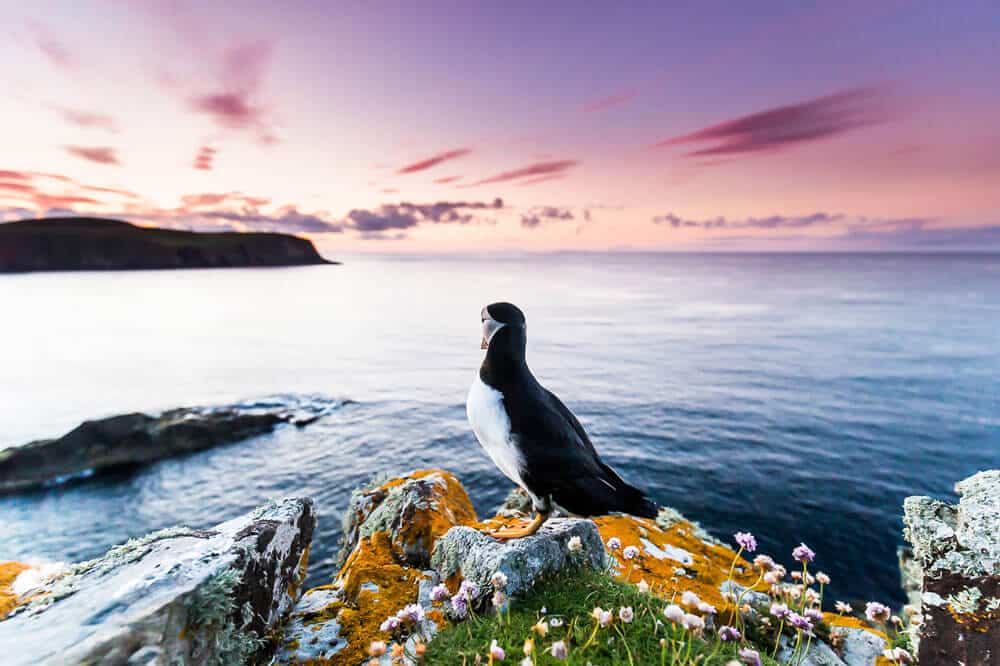
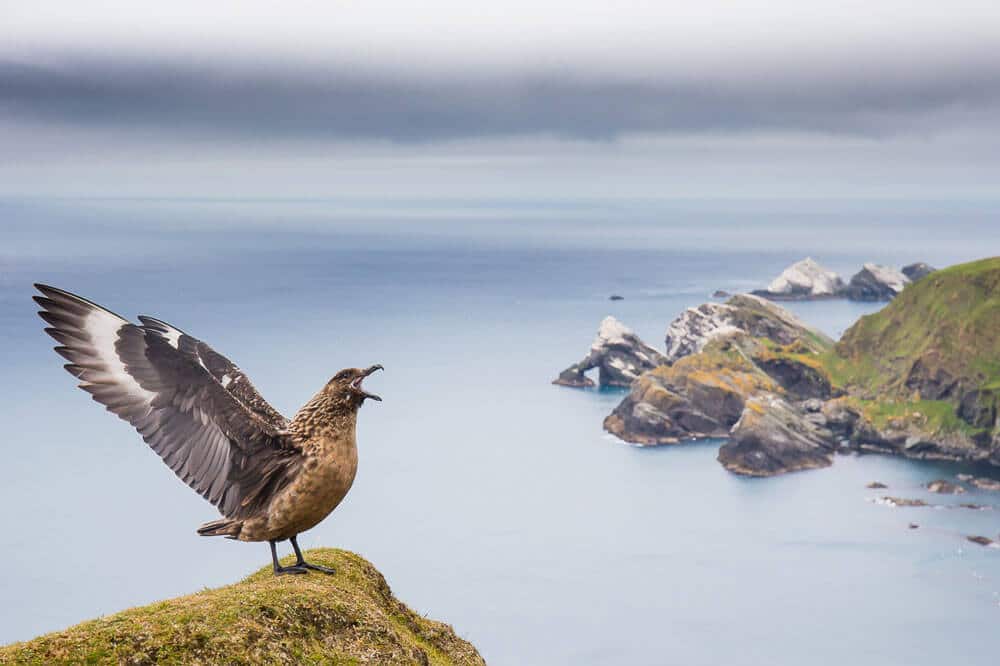
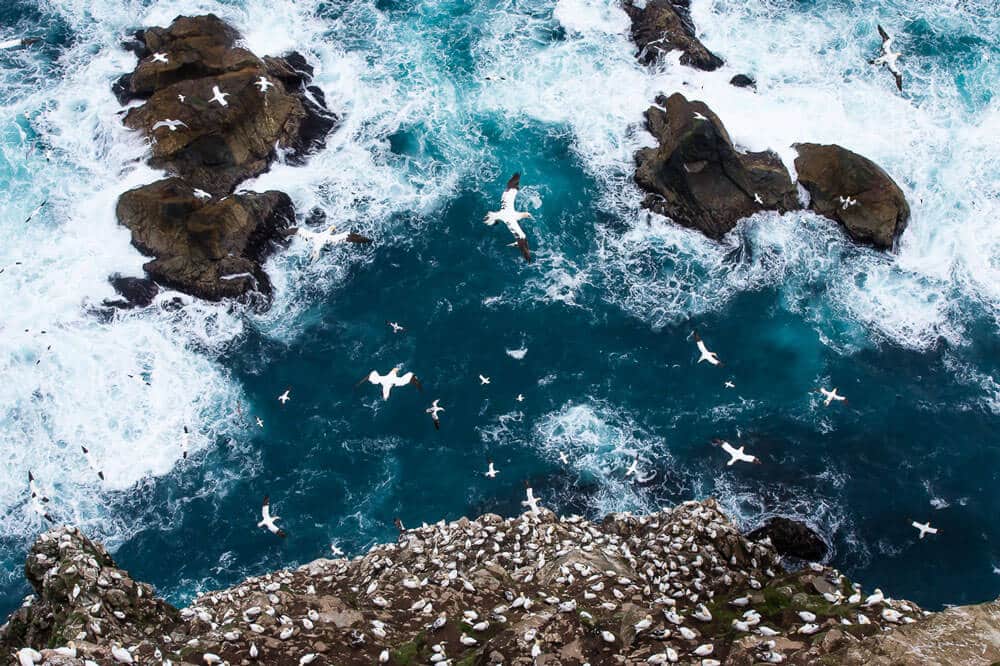
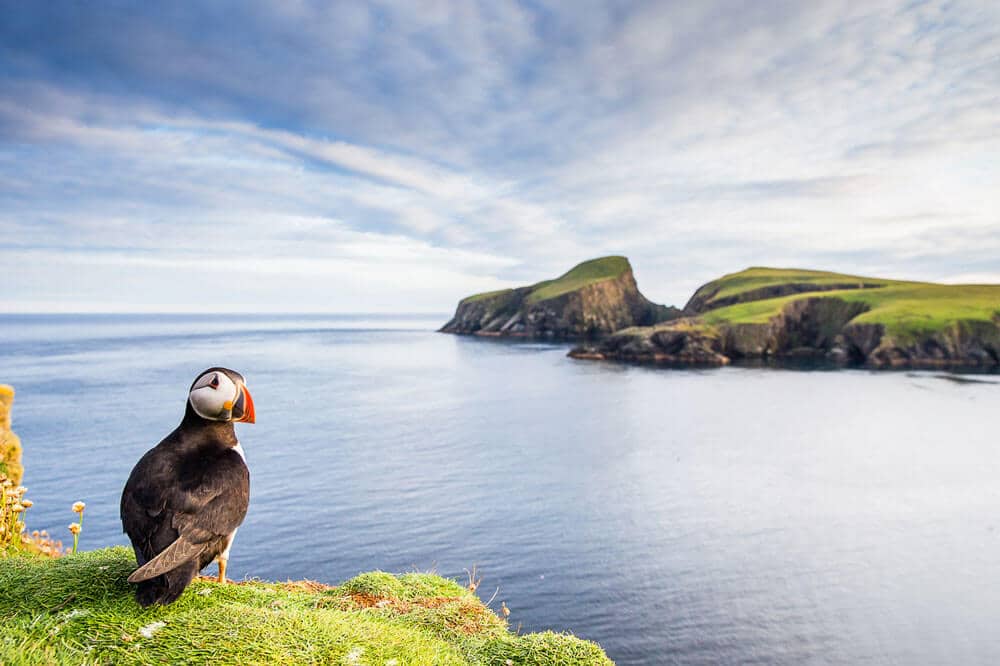
Wildlife photography is one of the most difficult photographic disciplines when it comes to using light, as we are often exposed to the elements on windswept mountains or rocky sea cliffs. We don’t have the luxury of studio controlled setups. One of the biggest assets a wildlife photographer can possess is how too understand light and the qualities it possesses. Once this is understood you can then begin to use light to your advantage.
Yes, summer sunrise shoots mean an early alarm, but sadly that’s part of the job when shooting wildlife. Being on location for first light allows you to shoot in the most exquisite light - the same goes for the evening light.
My favoured style of photography is back-lighting. This is when the sun is in front of you, lighting the back of your subject. Birds can look fantastic using this technique, as the light shining through their feathers looks almost translucent. Ideally, this should be tried earlier, or later in the day when the sun is close to the horizon. These times of day are also known as the golden hour and will create beautiful light with low contrast perfect for back-lighting.
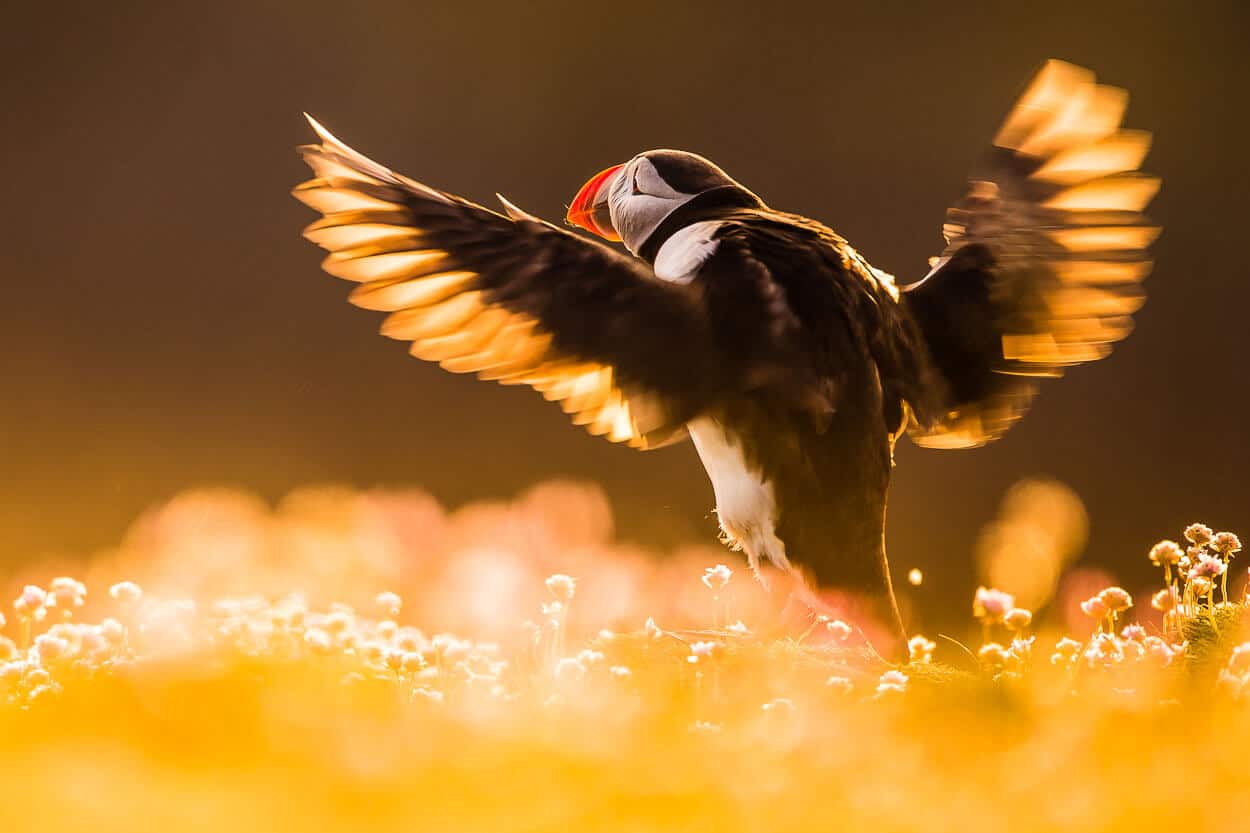
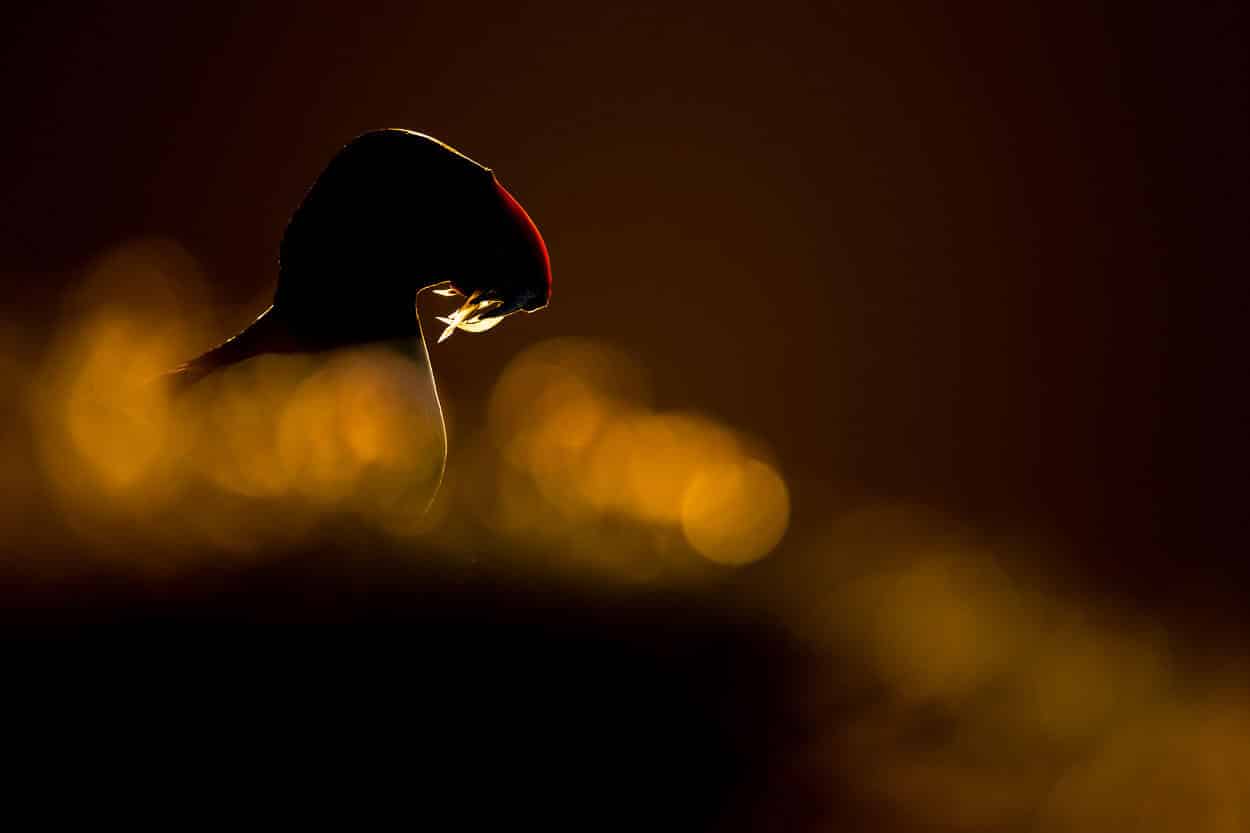
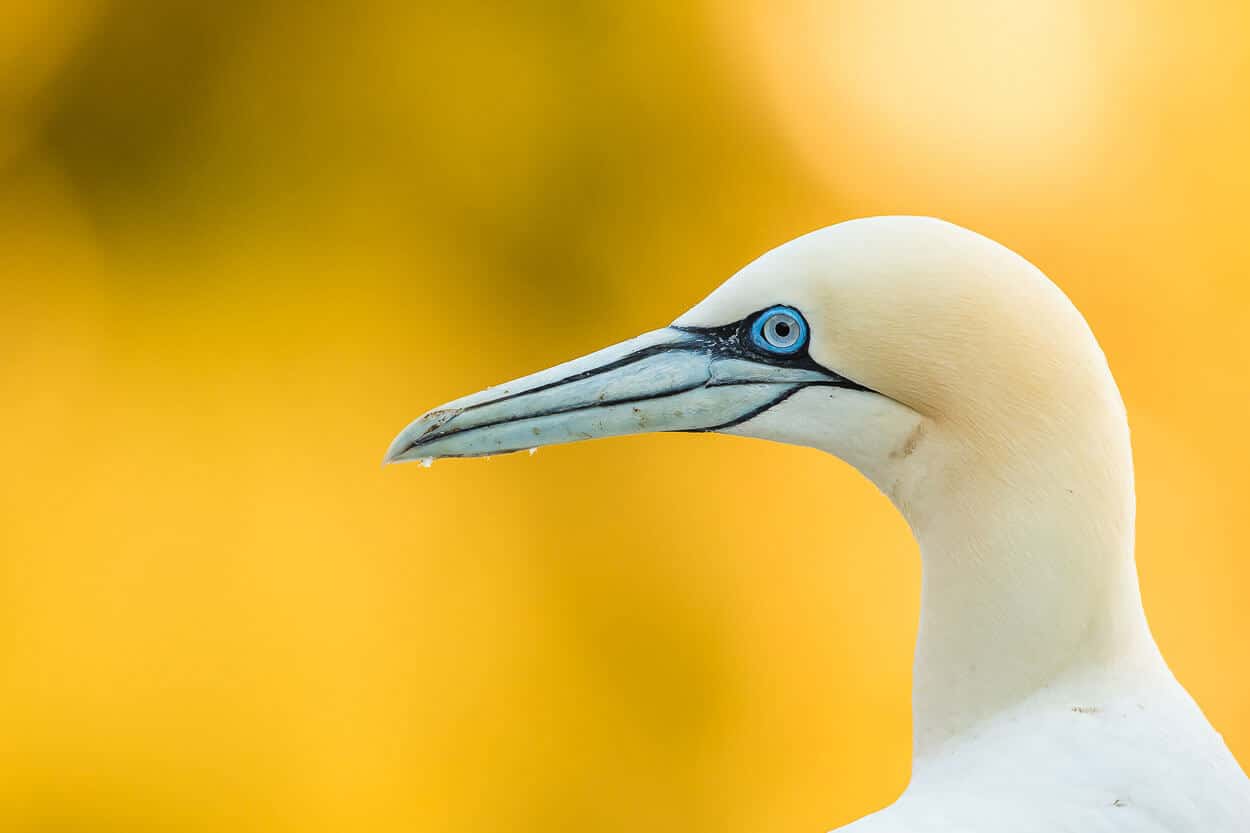
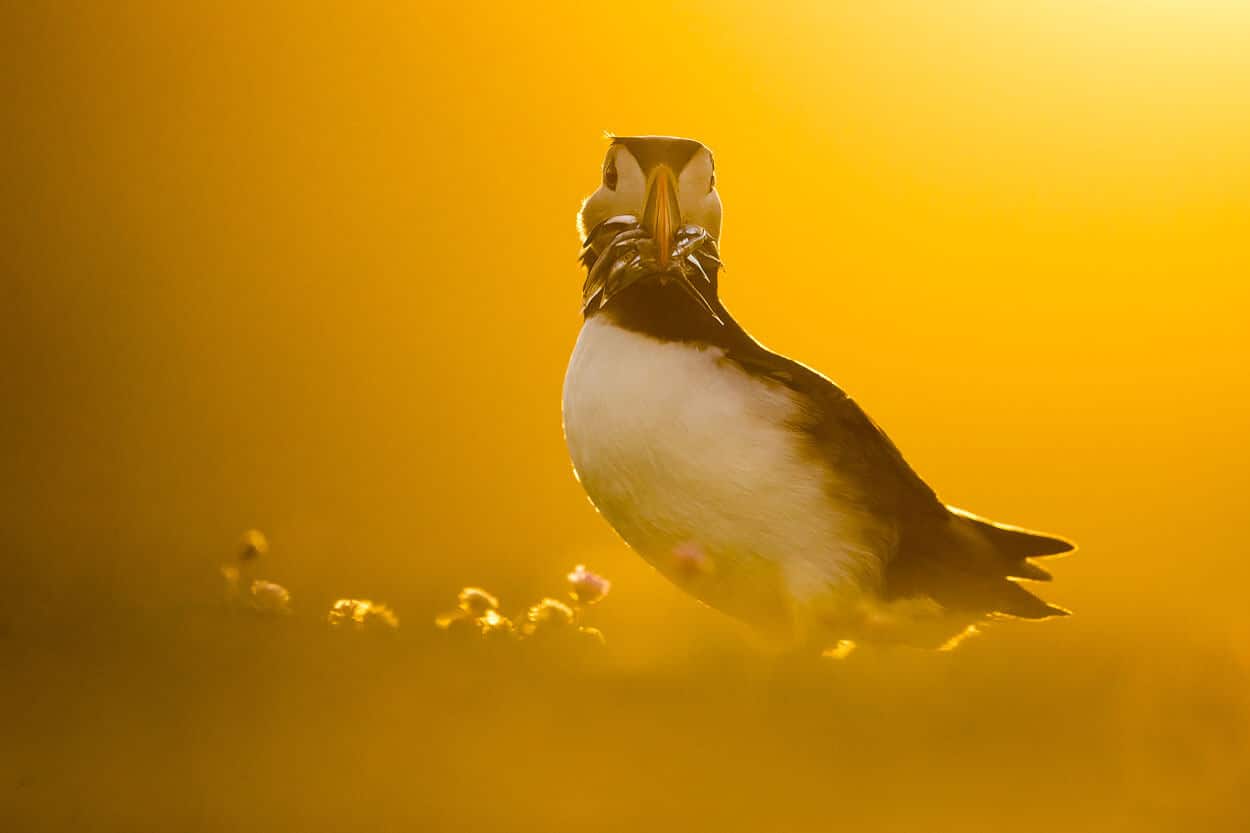
Seabirds are one of our most photographed subjects and for a very good reason. They live in beautiful habitats, are stunning birds and, for the most part, are accessible to the public. The issue with accessible subjects means they will have been extensively photographed. For example, just look at the number of puffin images that appear in our social feeds each summer.
You need to look at these images and think "what hasn’t been done" - the bar has been raised higher with these species than no other. But always remember however well a species has been documented there is always a new shot to be had.

I’ll share an example of when I was working on Shetland last summer. It was 1 am and I was walking back to my tent after a session shooting the amazing gannets colonies at Hermaness NNR. It was a clear night and the moon was rising out over the sea. I thought to myself, imagine a puffin silhouetted against the moon - that would be unique. A few moments later to my surprise a small group of puffins were resting on a ledge looking out to sea. I then had to manoeuvre myself, lining one of the puffins up against the moon, with very little contrast manual focus was needed. It was difficult in near darkness, but by framing the head of the puffin against the moon I was able to shoot a unique image of a well-photographed species. Yes, I'll admit the opportunity to shoot a silhouette of a puffin against the moon doesn't happen every day, but always keep your eyes open because you never know when the next opportunity will arise.
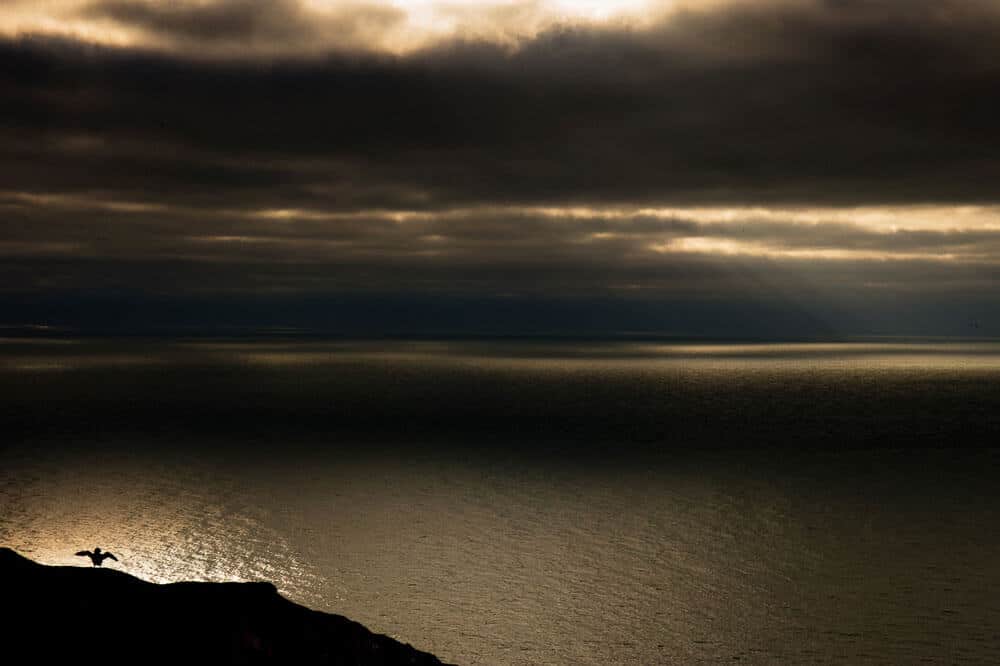
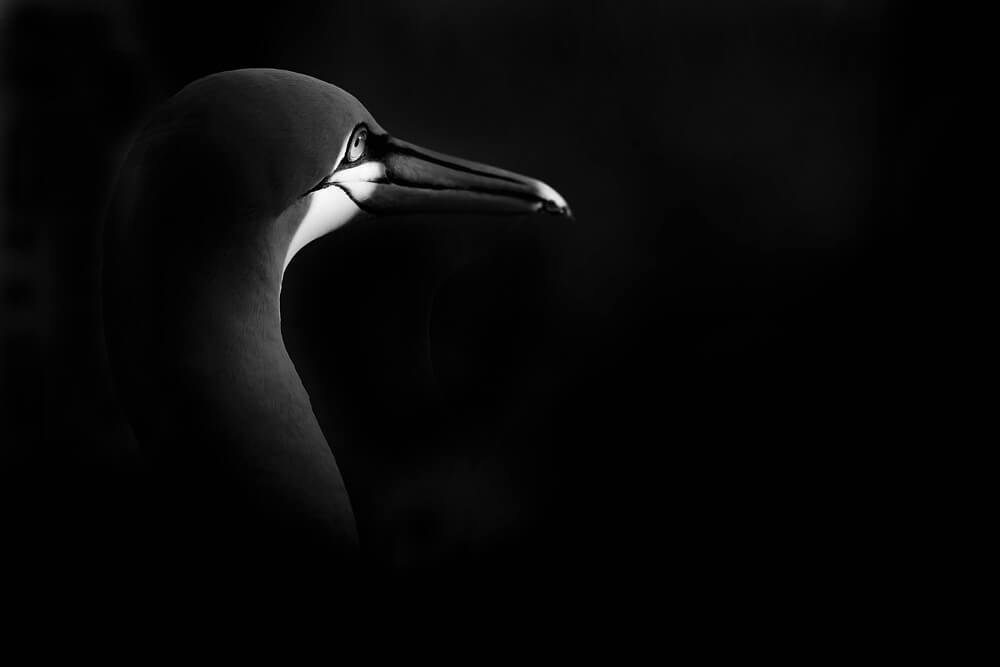
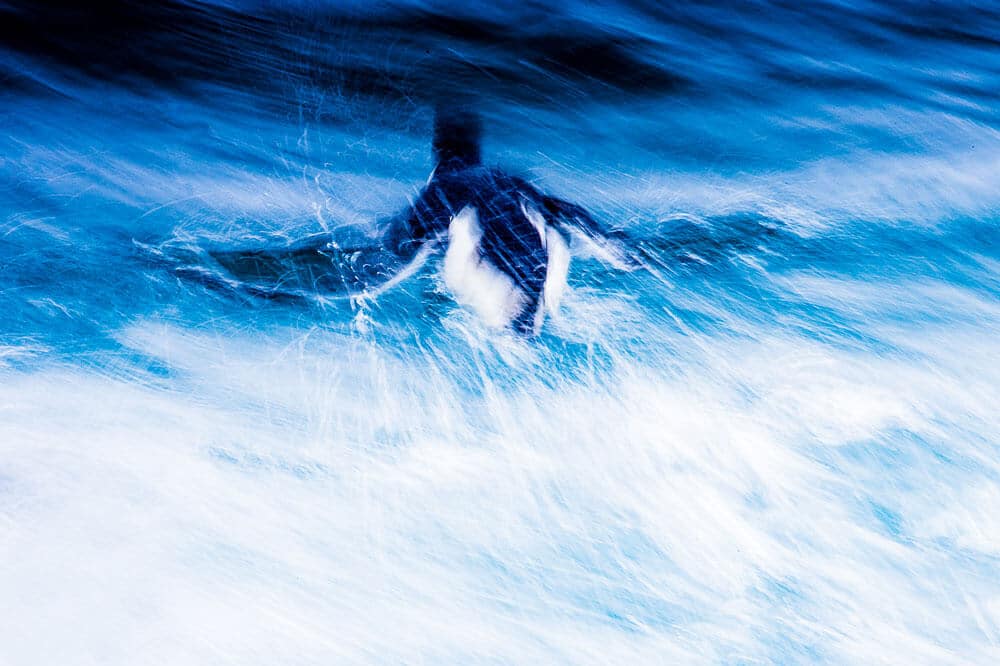
Typically with the British Summertime, if we decide to wait for the golden light we could be waiting a long time. Cloud, rain, fog - this is the norm - but don’t get downbeat when the weather isn’t in your favour, embrace it. Often the best images can be achieved in the worst weather.
Shooting in wet weather can come with its own challenges, such as keeping yourself and your kit dry. Keeping yourself dry and warm in these conditions is vitally important once you get cold and wet, well in my case you’ll be thinking about that hot cup of tea and not the photography at hand. The longer you can stay out in these conditions the more chance you have of producing unique imagery.

A few years back I headed North of the border to Shetland, the aim of the project was to photograph Northern Gannets in the autumn gales. Yes, this trip was tough, working on the cliff tops in gale force winds was a bit sketchy, but the results were stunning. The weather was wild, but these were the conditions I was after, the power of the sea crashing over the rocks as the gannets soared below. The point is getting out in these extremes of weather can lead to dramatic shots, whilst other photographers may have packed their bags. Stay out and experiment - once your home and processing your amazing images all those cold and wet thoughts from earlier will be a distant memory.
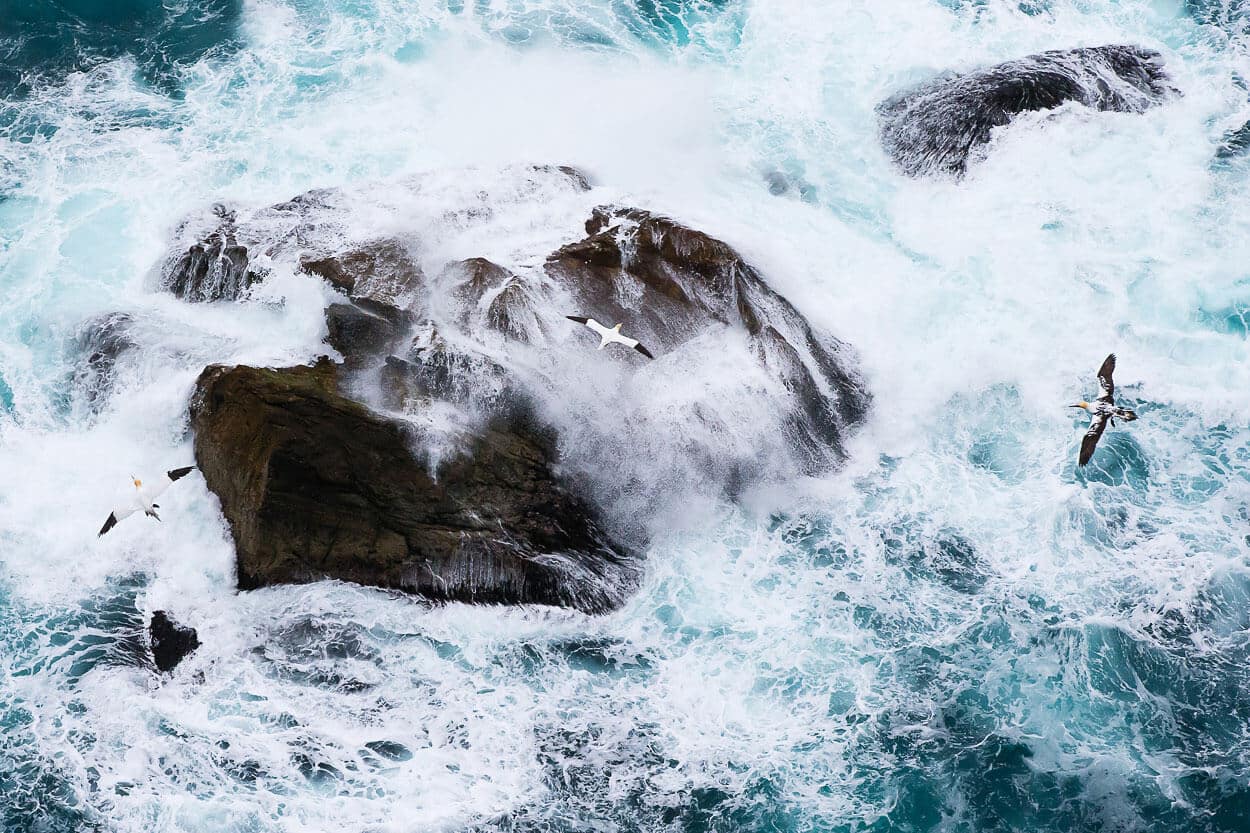
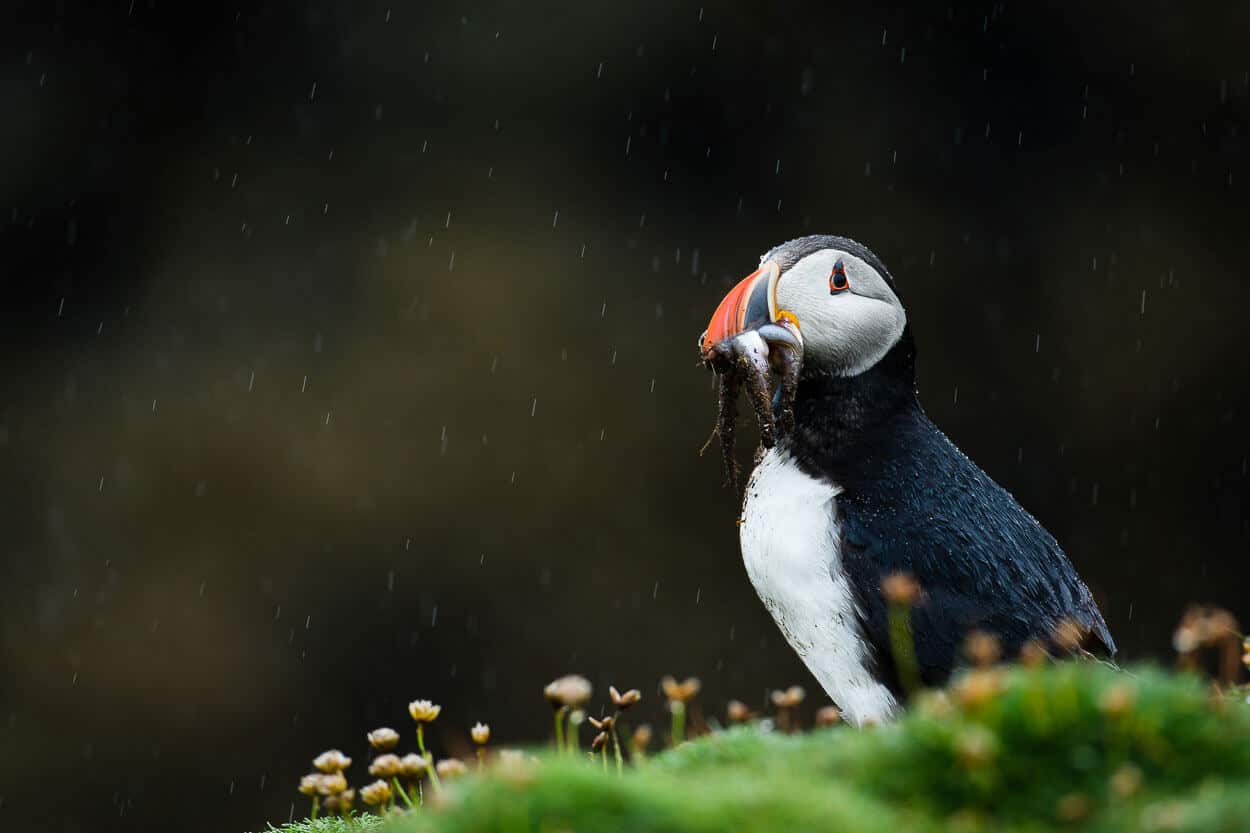

Seabird colonies are bustling habitats stacked with activity, whether it’s puffins reaffirming old bonds, gannets collecting nesting material, or skuas hunting for prey. If you are new to seabird photography, arriving at the colony can feel a bit overwhelming, so when you first arrive, take a moment, step back, and just watch.
Doing this will allow you to slow things down.
This allows me to simply watch the birds: see what flight paths the gannets are taking, which puffins are bringing sand eels back to the burrows etc. By operating a so-called bull in a china shop mentality you will miss the action around you - don’t be blinkered to the one opportunity, take it all in. Enjoy the sights, smells and sounds of the colony - only by doing this will you massively improve your chances of capturing unique imagery.
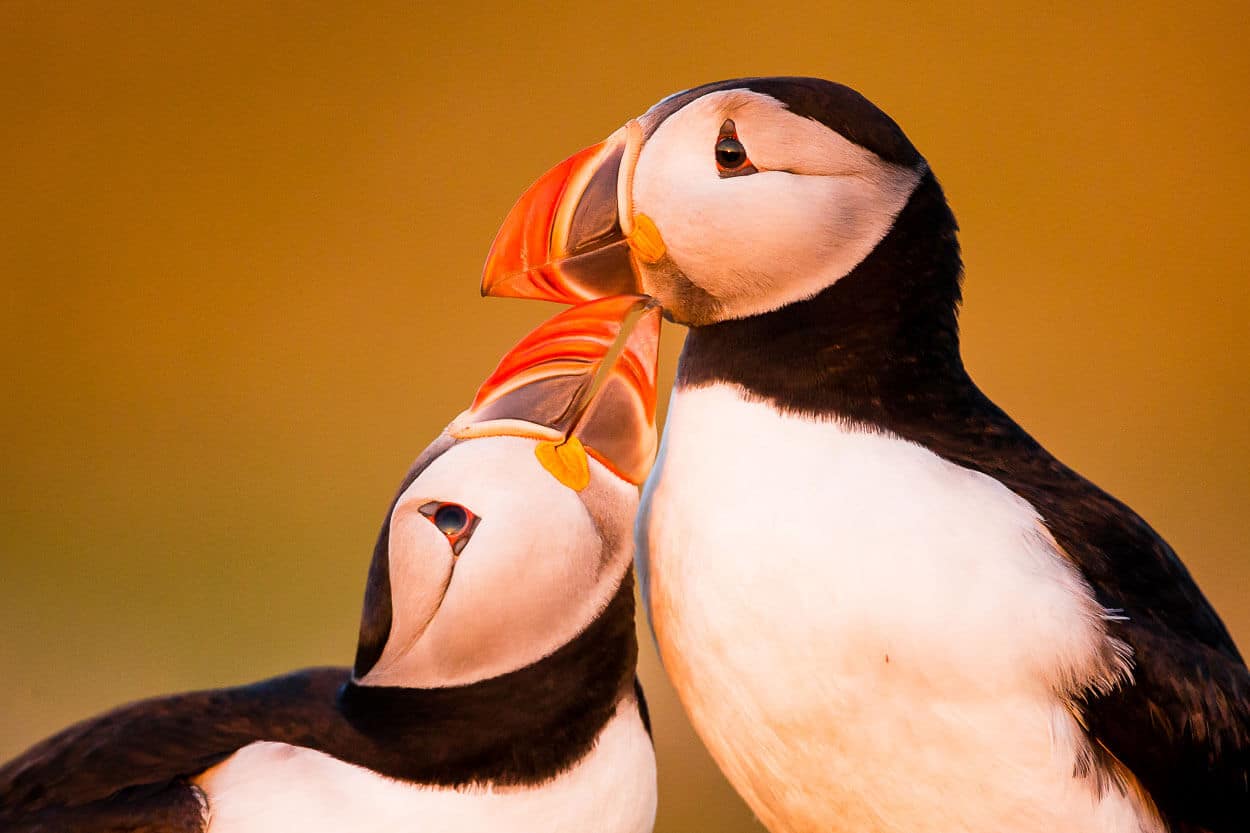
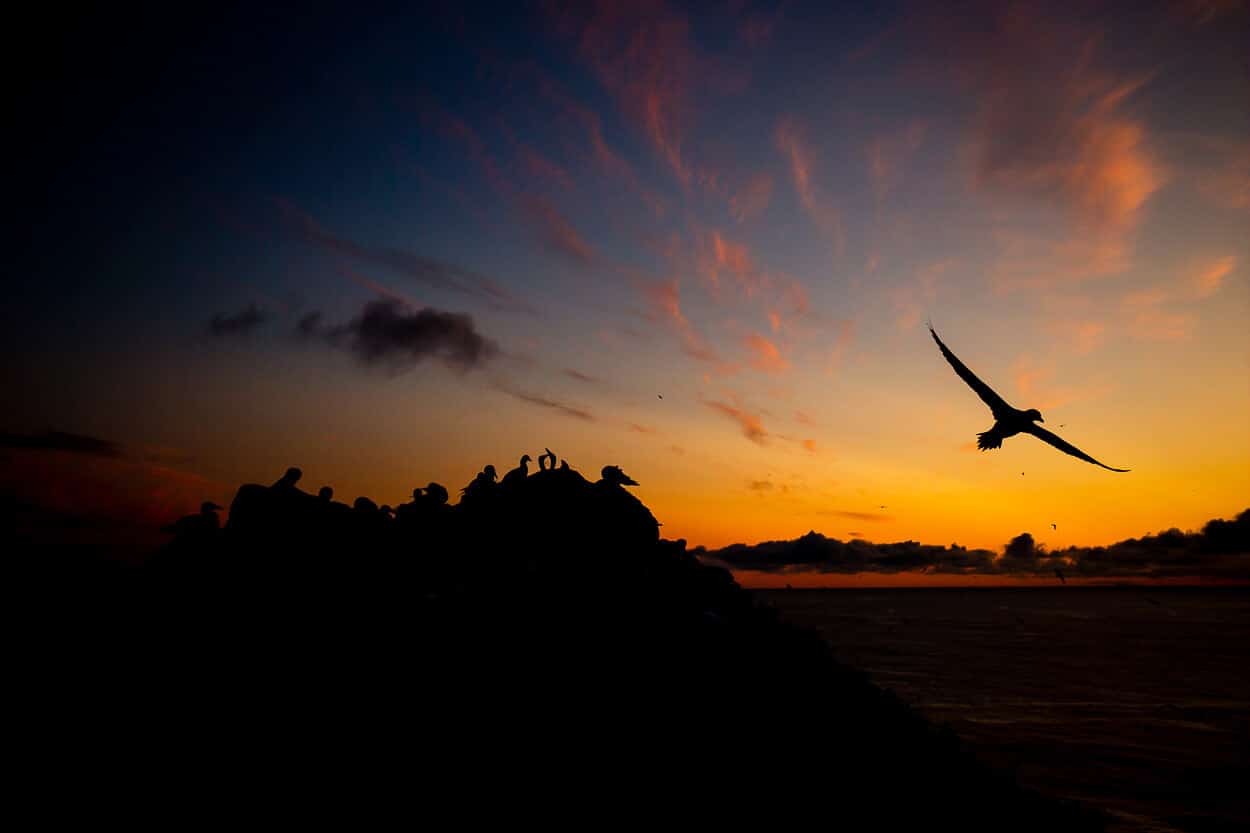
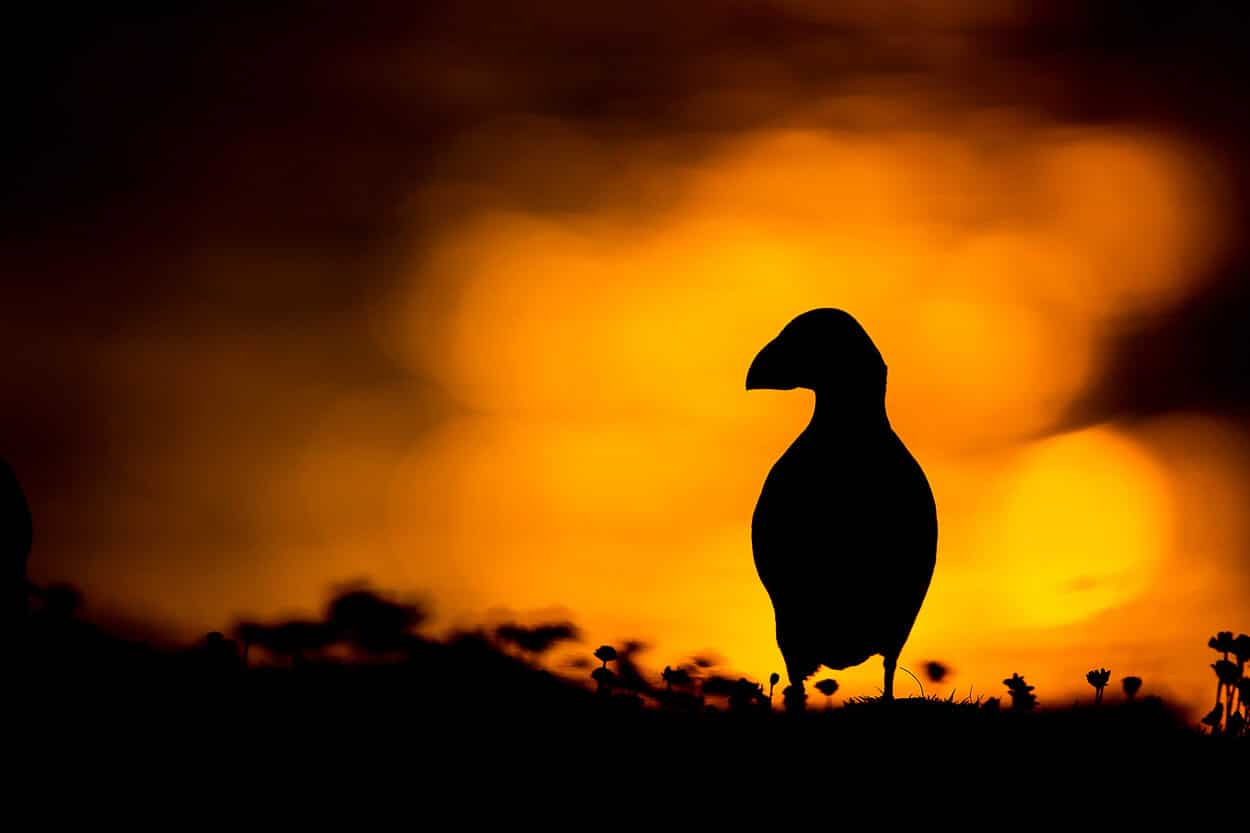
Whilst we are all stuck at home, review your archives, assess what works in the images and what doesn’t, so next time you’ll know how best to work the situation.
If you need further inspiration why not check out my Clowns Of The Sea image library, which documents the lives of the ever comical Atlantic Puffin across the U.K coastline - from the stunning Skomer Island to the most Northerly point of the British Isles, Hermaness NNR.
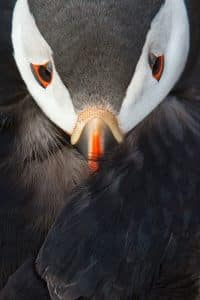
I’ve recently set up a Facebook group titled Coastal Worlds. This group aims to explore your connection with coastal nature and landscapes through imagery, video, stories, and conservation.
If you would like to join this fast-growing community, please search for Coastal Worlds and start sharing your favourite seabird shots.
Thanks
Kev
To see more of Kevin Morgan's work, check out his website or browse through his Instagram feed.
Get all the latest Wilkinson Cameras news, offers, event infomation & more direct to your inbox.
